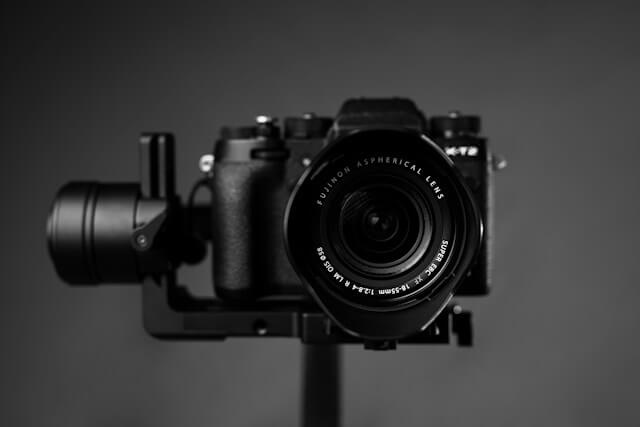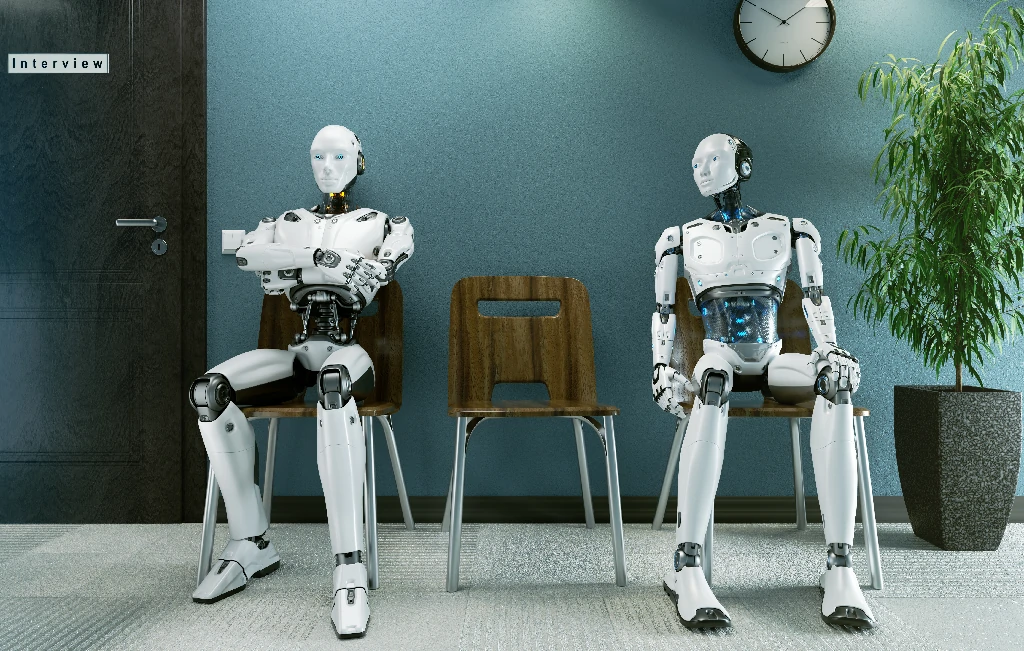justineanweiler.com – In today’s world, cameras are integral to our daily lives, found in everything from smartphones to professional digital cameras, even embedded in security systems and automobiles. But how do these devices actually work? Understanding the basic principles of camera technology can give us a deeper appreciation for how these remarkable tools capture the world around us.
1. The Basics of Photography
At the heart of any camera is the process of photography, which involves capturing light on a light-sensitive medium (whether film or digital sensors) to create an image. This process can be broken down into several key components:
- Light: Light is the most fundamental element for capturing any image. Cameras function by gathering light that reflects off objects in the scene. This light enters through the camera’s lens and is then directed to the sensor or film where it forms an image.
- Lens: The lens is a vital component of the camera that focuses light onto the sensor or film. It consists of a series of glass elements that bend and direct light to create a sharp image. The lens also determines the field of view and depth of field, which can be adjusted depending on the focal length and aperture settings.
- Aperture: The aperture is an adjustable opening in the lens that controls how much light enters the camera. The larger the aperture (measured in f-stop numbers), the more light the camera lets in, allowing for better performance in low-light situations. It also influences the depth of field, controlling how much of the image is in focus.
- Shutter: The shutter is a mechanism that opens and closes to allow light to hit the sensor for a specific amount of time. The duration the shutter is open is known as the exposure time or shutter speed. A faster shutter speed freezes motion, while a slower speed can capture motion blur, useful in artistic photography.
2. The Digital Sensor
In modern digital cameras, the film has been replaced by a digital image sensor. Sensors convert light into electronic signals that can be processed into digital images. There are two primary types of sensors in digital cameras:
- CCD (Charge-Coupled Device): CCD sensors were one of the first types of digital sensors. They work by transferring charge across the sensor to produce an image. While they tend to offer excellent image quality, CCD sensors consume more power and are typically more expensive.
- CMOS (Complementary Metal-Oxide-Semiconductor): CMOS sensors are more common in modern digital cameras. They are less power-hungry and more cost-effective than CCDs. CMOS sensors use different technology to capture light and convert it into a digital signal, allowing for faster processing speeds and better battery life.
Both CCD and CMOS sensors work by breaking down the light hitting them into red, green, and blue components (the three primary colors of light) using photosites or photodiodes. These color components are then combined to create a full-color image.
3. Image Processing
Once light hits the sensor and is converted into electronic signals, the image data must be processed and rendered into a viewable format. This is where the camera’s processor comes into play.
- Image Processor: The camera’s image processor is responsible for converting the raw data from the sensor into a finished photograph. It adjusts various settings such as white balance (ensuring accurate color representation), noise reduction (minimizing graininess in low-light shots), and sharpening.
- RAW vs. JPEG: Some cameras allow users to shoot in RAW format, which preserves all the sensor data and offers more flexibility for post-processing. JPEG files, on the other hand, are compressed and processed by the camera to create a ready-to-share image.
4. Autofocus and Exposure Control
Modern cameras often feature sophisticated autofocus (AF) and exposure control systems to help photographers capture sharp, well-lit images without having to manually adjust every setting.
- Autofocus: Cameras use a variety of AF methods, including phase-detection autofocus (PDAF) and contrast-detection autofocus (CDAF). Phase detection is faster and more accurate, often used in DSLRs and mirrorless cameras, while contrast detection is typically found in point-and-shoot or smartphone cameras. These systems analyze the scene to quickly determine the best focus distance.
- Exposure Control: Exposure is the amount of light the sensor receives, and it is controlled by three primary factors: aperture, shutter speed, and ISO (sensitivity to light). A camera’s exposure metering system evaluates the scene’s lighting and automatically adjusts these settings to ensure a proper exposure, though users can override these settings for creative effects.
5. Storing the Image
Once the image has been captured, it needs to be stored for later viewing or sharing. In digital cameras, this typically happens on memory cards, such as SD (Secure Digital) or CF (CompactFlash) cards, which offer high storage capacities and fast write speeds. These cards allow the camera to store the image files, which can then be transferred to a computer or other devices for further use.
6. Additional Features in Modern Cameras
- Digital Zoom vs. Optical Zoom: Cameras may feature either optical zoom, which physically adjusts the lens to zoom in on a subject, or digital zoom, which crops the image and enlarges the central portion of the frame. Optical zoom preserves image quality, while digital zoom often results in a loss of detail.
- Image Stabilization: Image stabilization (IS) compensates for small movements or shakes that occur when holding the camera, reducing blurriness in the final image. Optical IS relies on moving lens elements or sensor shifting, while digital IS uses software to correct minor movement.
- Video Capabilities: Many modern cameras also have the ability to record video, with advanced features like 4K resolution, slow-motion capture, and high frame rates, offering videographers a versatile tool for both still photography and filmmaking.
Conclusion
Cameras have evolved significantly over the past century, from the earliest film-based systems to today’s advanced digital devices. Whether you’re using a smartphone to capture a quick snapshot or a professional DSLR to take high-quality portraits, the basic principles of how light is captured, focused, and processed remain the same. Understanding the underlying technology can help both enthusiasts and professionals take full advantage of their cameras, enabling them to produce stunning and meaningful images.





